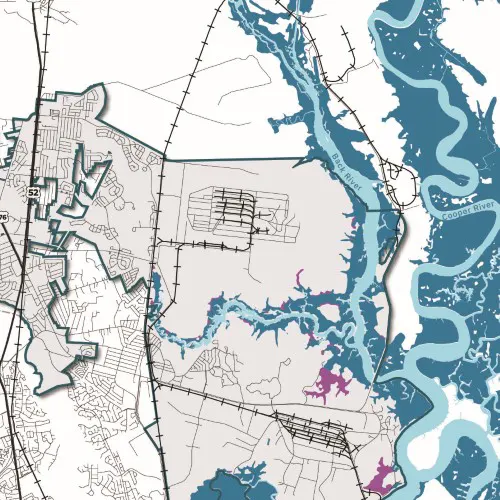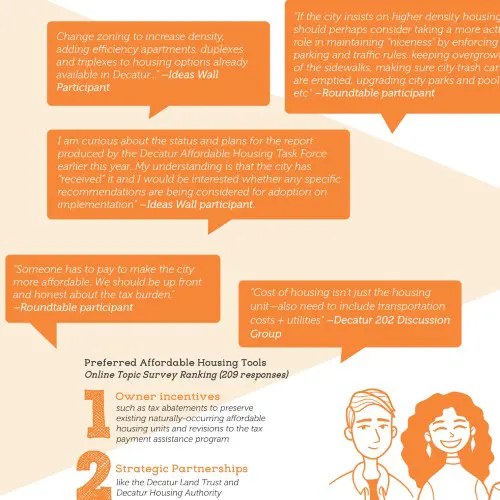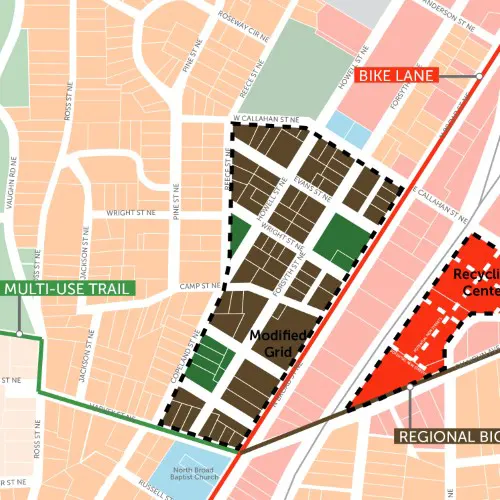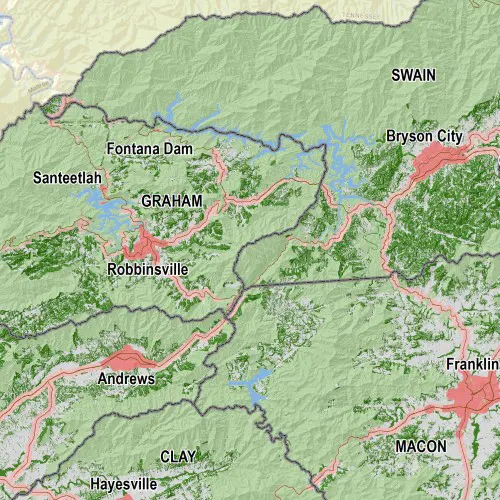Comprehensive planning is a process used by communities to plan for the future development of their area. It is a long-term, strategic planning process that considers all aspects of a community’s development, including land use, housing, transportation, economic development, natural resources, and community facilities. The goal of comprehensive planning is to create a shared vision for the community’s future development and to guide decision-making towards achieving that vision.
One of the main components of comprehensive planning is land use planning. This involves assessing the community’s current land use patterns and identifying areas for future development or preservation. The plan will also identify the types of land uses that are appropriate for different areas of the community, such as residential, commercial, industrial, or open space. This helps to ensure that land is used in the most efficient and equitable way possible.
Another important aspect of comprehensive planning is transportation planning. This involves assessing the community’s current transportation system and identifying areas for improvement. This can include designing and managing public transportation systems, bike-sharing programs, and pedestrian-friendly streets. It also includes addressing the issues of traffic congestion and air pollution caused by automobiles.
Comprehensive planning also addresses issues of housing and economic development. This includes assessing the community’s housing needs and identifying areas for affordable housing development. It also includes identifying opportunities for economic development and promoting sustainable economic growth in the community.
Equity and social justice are also key considerations in comprehensive planning. The plan seeks to ensure that all residents, regardless of their income, race, or ethnicity, have access to the same opportunities and resources. This can include designing affordable housing, creating parks and recreational opportunities in low-income neighborhoods, and promoting economic development in disadvantaged areas.
Comprehensive planning is a collaborative process that involves the participation of community members, local government, businesses, and other stakeholders. This allows for a shared vision for the community’s future development that reflects the needs, values, and aspirations of the community. Comprehensive planning helps to guide decision-making towards achieving that vision and to create livable, sustainable and equitable communities.
In summary, comprehensive planning is a long-term, strategic planning process that considers all aspects of a community’s development including land use, housing, transportation, economic development, natural resources, and community facilities. The goal is to create a shared vision for the community’s future development and to guide decision-making towards achieving that vision. It is a collaborative process that involves the participation of community members, local government, businesses, and other stakeholders to create livable, sustainable and equitable communities.







